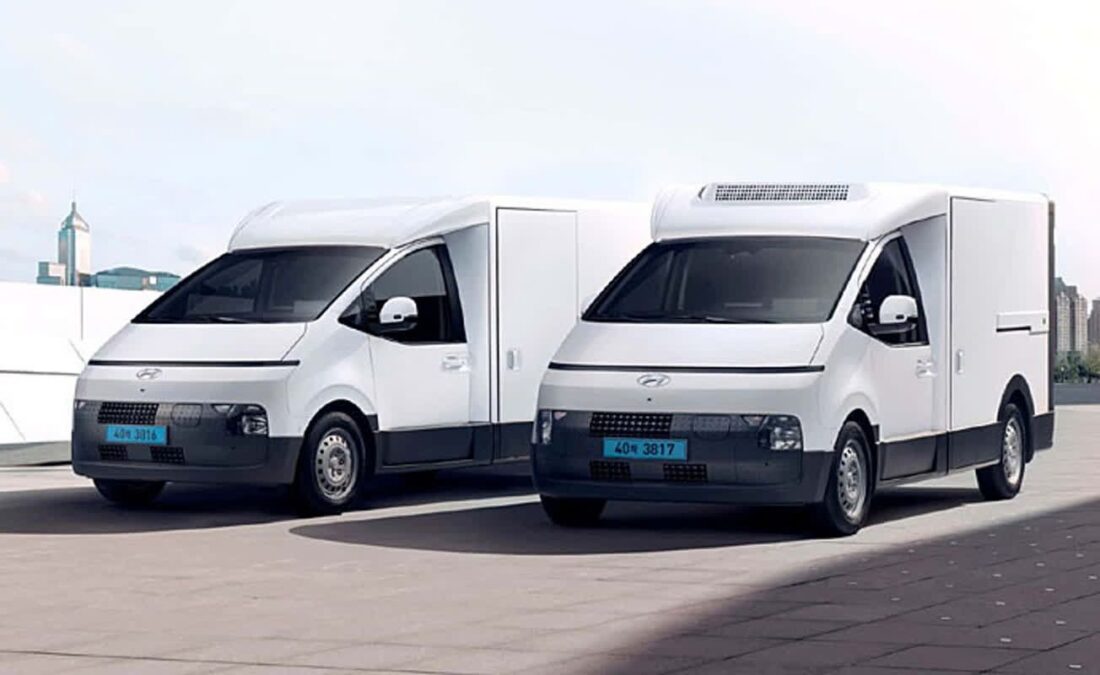
GM and Hyundai Motor are exploring a new cooperation model amid the global shift toward electric vehicles. The two companies are reportedly examining a broad partnership that includes the development of next-generation EVs, batteries, and semiconductors. Rather than a simple product collaboration, this partnership appears to be a strategic survival alliance in response to the shifting power dynamics of the global automotive industry.
Strong EV Sales in the U.S. But Challenges in China
Hyundai Motor and GM have recently achieved notable success in EV sales in the U.S. market. Hyundai’s Santa Fe and Tucson hybrid models are performing well, while GM continues to set new quarterly records with its EV lineup. However, the situation is quite different in the Chinese market. GM is struggling against aggressive local brands offering technological prowess and competitive pricing. Meanwhile, although Hyundai Motor’s presence in China remains minimal, it now faces a new threat: the global expansion of Chinese EVs.
Strategic Synergy and Product Collaboration

In this context, the two companies are seeking synergy through strategic collaboration. According to Reuters, Hyundai is in talks to supply electric commercial vans to GM, while GM may provide midsize pickup trucks to Hyundai, forming a mutually complementary product partnership. In particular, an electric van based on Hyundai’s ST1 platform could become a key asset for GM to compete against the Ford Transit, Ram ProMaster, and Mercedes-Benz Sprinter. Initially, Hyundai plans to import the vehicle from South Korea but is also considering establishing a production base in the U.S. by 2028. Annual production targets are 60,000 units by 2030 and 100,000 units by 2032.
Their cooperation extends beyond products. The two companies are also reviewing joint development of next-generation battery technology and battery materials and joint procurement and development of automotive semiconductors. As the era of software-defined vehicles (SDVs) gains momentum, semiconductors have become the heart of the EV industry. Ensuring a stable supply has become a core factor in securing future competitiveness.
Expansion into Emerging Markets

The partnership could also expand into emerging markets such as Brazil. Possible scenarios include GM rebadging a Creta-based compact SUV supplied by Hyundai or Hyundai selling GM’s midsize pickups like the Colorado and GMC Canyon under its own brand in the U.S. market.
Furthermore, the companies are considering establishing a shared sales and service network specifically for electric vans, which could potentially pave the way for joint market entry strategies in Europe and Southeast Asia.
This movement goes beyond simple collaboration. As Chinese EV brands increasingly expand into overseas markets, traditional automakers are forced to find breakthroughs to maintain their competitiveness. Furthermore, concerns over global supply chain disruptions are intensifying with former President Donald Trump’s potential reelection and possible reinstatement of tariff policies. If the complex international division of labor built up over the years becomes unstable, collaboration may prove to be a more efficient way to distribute risk than going it alone.
A New Era for the Automotive Industry
Although GM and Hyundai Motor have yet to make an official announcement, this potential partnership’s scope and strategic level carry significant implications for the two companies and the global automotive industry. In a reality where “the threat lies outside, and the solution is not within,” the two automakers appear to seek to establish dominance in the EV era together.
Technology alone will not determine the future of electric vehicles. Partnerships, policy adaptability, production flexibility, and supply chain strategy must all align. In this sense, the discussions between GM and Hyundai Motor represent more than a business alliance—they may serve as a serious solution to the evolving industrial landscape.
























